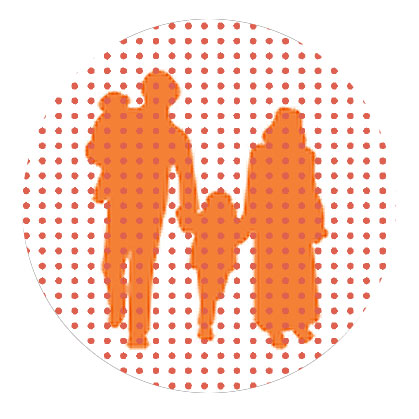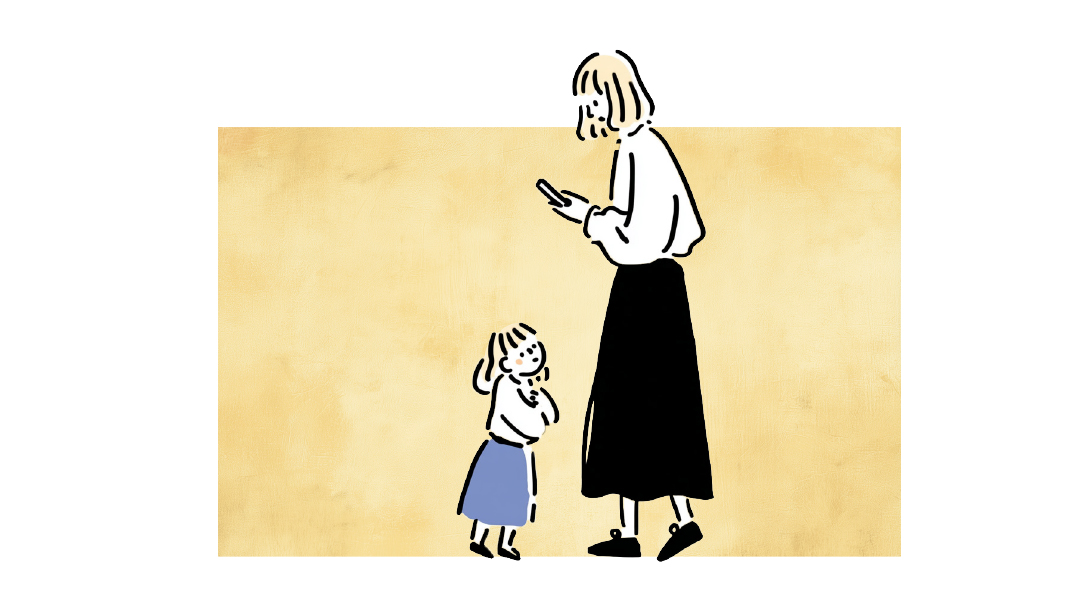Magic Touch

It’s important to physically show our loved ones that they are, in fact, our loved ones

"I don’t know why, but I’m just not into hugging and cuddling. I love my spouse and my kids and I think I show that by the way I do everything for them. It’s clear how much I care. I just don’t know how to physically touch anyone who isn’t a baby. I don’t know what’s wrong with me.”
Why can’t this lady show physical affection? She clearly adores her family and yet she can’t embrace them easily, stroke their hair, squeeze their hands, or rub their backs — unless they are still infants in her arms.
Programmed to Stay Away
Human beings are complicated. We are the way we are for so many reasons. Genetics play a huge role in why some people can’t show physical affection. Some babies are born being “touchy-feely” — meaning that they love to touch and be touched by others. Others are “standoffish” right from the start — they just don’t particularly enjoy close contact with people.
We see the role genes play in the cuddle factor when we look at animals. Certain breeds of cats love to receive physical affection from humans and enjoy returning it with nuzzling and sitting on laps, while other breeds prefer to be around, but not on, their human caretakers.
In humans, environment plays an equally large role. Coming from a touchy-feely family increases the likelihood of becoming a huggy type. A child learns the language of affection from the home he or she grows up in. If birthdays are a big deal in one’s childhood home, the child learns that we show love by throwing parties. If gifts are a big deal in the family home, the youngster learns to display love through purchases. If cards, notes, and words are used to convey love, then this language of caring will be magnified in the children. And similarly for conveying love through touch.
In a home where parents didn’t offer much in the way of touch, children are often challenged in this way of giving. In some homes, the main kind of “touch” is physical punishment. This, along with trauma, can make physical touch feel dangerous.
“I can’t remember being caressed by my mother. All I can remember is that my mom was a very busy, businesslike lady who was extremely hands off. My father just wasn’t around. My husband comes from a very warm family. His mom is all about hugs. His sisters are very hands on and honestly, when I see my sister-in-law with her arms around her 16-year-old daughter’s shoulders, I feel jealous. I was never touched like that and I can’t touch my own kids that way. For them it looks so natural and warm. But for me, it’s like I’ve been programmed to stay aloof, stand back, not get too close.”
And indeed, she has been programmed that way. The ideal time for installing the “touch” buttons are in the first few years of life, and to maintain the “live” connection to those buttons, physical affection needs to be nurtured continuously. When a parent can’t do that nurturing because she herself was denied it, there are still things she can do to help ensure that her children won’t be similarly denied.
Baby Steps for Beginners
Practicing the following “baby-step” strategies can help build the ability to be naturally and openly physically affectionate.
-Rub a child’s back lightly as he passes by, greeting him verbally as you do so (“Hi there!”). The rub can be just a light tap or brush if that’s easier. This can also be done as you tuck a child into bed.
-Sit closer than usual to your spouse. This reduces the huge “boundary” between the two of you and helps your body learn to relax when in close proximity to others.
-When congratulating a child on a good grade, shake his or her hand. It’s a businesslike move that reduces fear of intimacy.
-When toweling a child dry after his bath, give a bit of a hug and cuddle in the drying process.
-Look for opportunities to squeeze a hand, pat a shoulder, or rub a loved one’s hair.
These light forms of touch can, over time, reduce feelings of danger, awkwardness, and discomfort. They can be stepping stones to developing the love language of physical affection.
(Originally featured in Family First, Issue 703)
Oops! We could not locate your form.




